Talk Overview
Although snails are not the first animals that come to mind when venoms are mentioned, there are, in fact, thousands of species of venomous predatory marine snails. The most intensively studied of these are the ~700 species of cone snails (Conus). Each snail species has ~100 different peptide neurotoxins present in its venom. Thus, conus venoms are a source of over 100,000 pharmacologically active peptides.
In Part 1 of his lecture, Olivera tells us how he first became interested in studying conus venom. His lab found that conus venom peptides are organized into groups or “cabals” each of which act on a group of related molecular targets such as ion channels or receptors. This venom complexity gives snails an advantage in capturing prey, resisting predators or repelling competitors.
As each species of snail evolved to fit a specific ecological niche, its venom also evolved to include different peptides. In his second talk, Olivera explains that peptides are members of gene superfamilies. Across a peptide family, some residues are highly conserved, while other residues are highly variable. Mutations in the variable regions allow the peptides to rapidly evolve to target different ion channels. Characterization of these peptides has led to the development of novel analgesic drugs.
In his final talk, Olivera describes how his lab has been using conotoxin peptides to decipher the vast complexity of K+ channel subtypes present in neurons. Recently, his lab began to characterize the venom of turrids, a tiny marine snail with over 12,000 species; these snails too have a complex mix of peptides neurotoxins.
Speaker Bio
Baldomero "Toto" Olivera

Baldomero “Toto” Olivera received a B.S. degree in Chemistry from the University of the Philippines, a PhD in Biophysical Chemistry from Caltech and did his postdoctoral work at Stanford University. His early research contributions included the discovery and biochemical characterization of E. coli DNA ligase. His laboratory initiated the identification and characterization of the biologically… Continue Reading
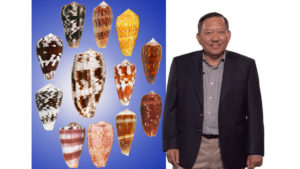
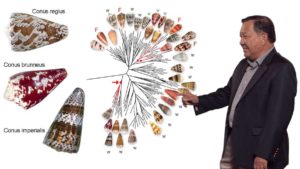
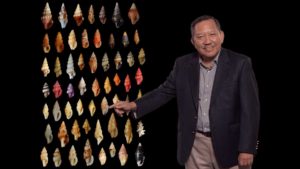

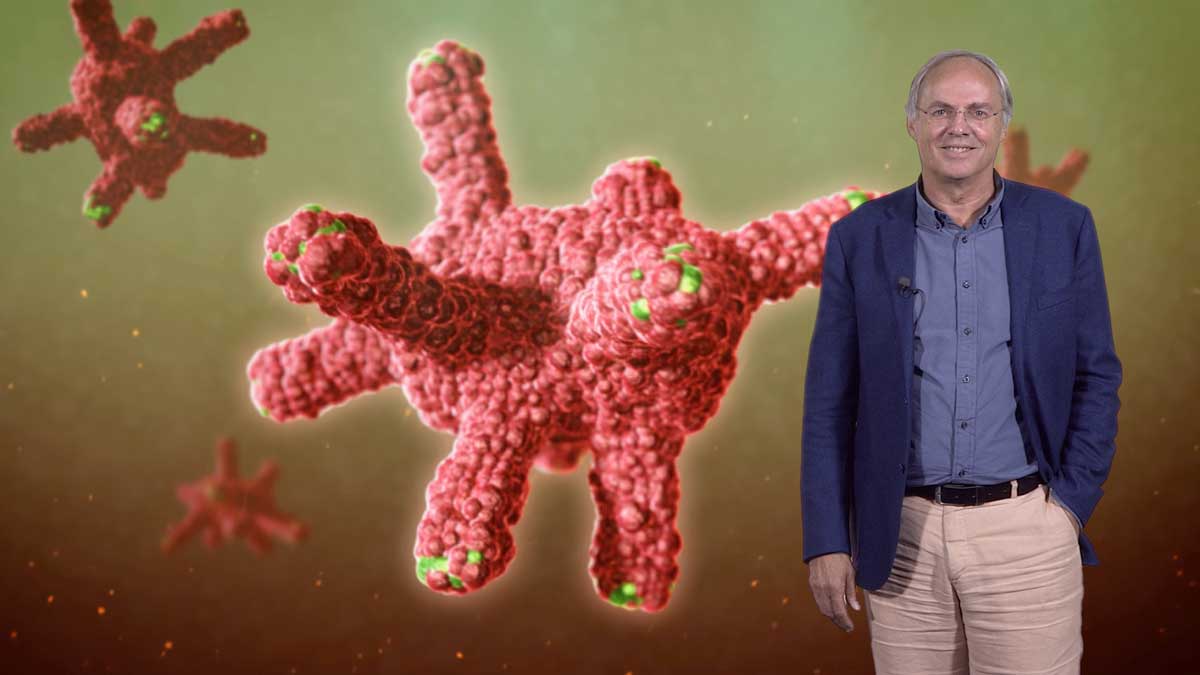
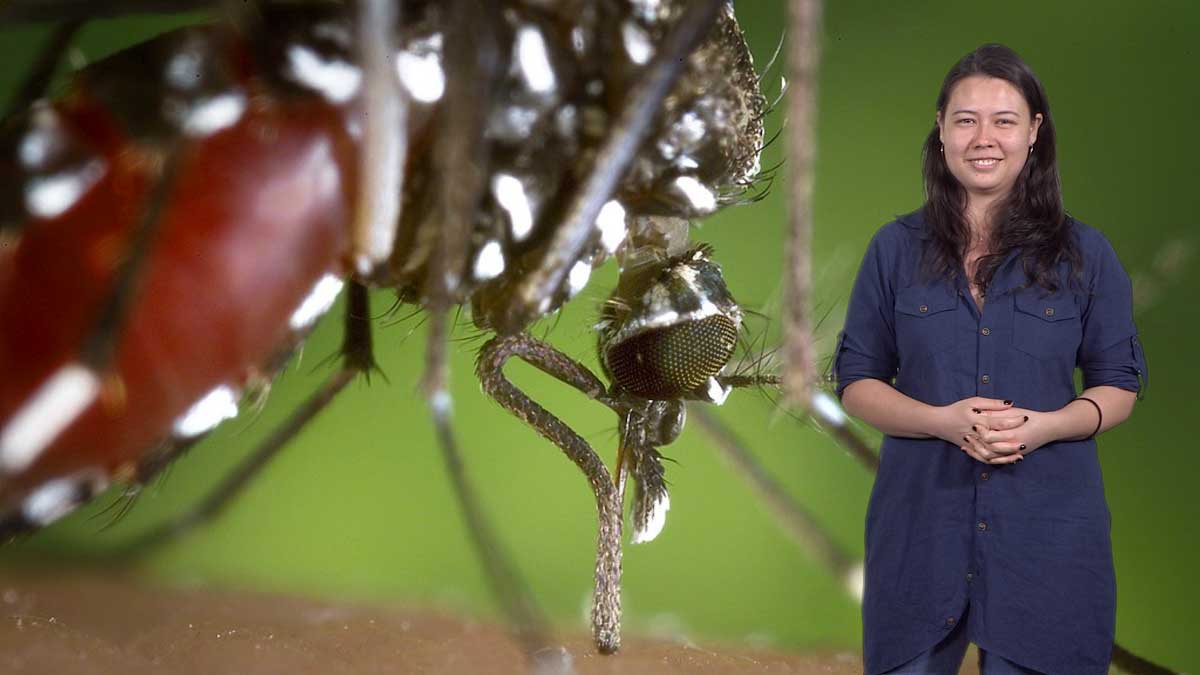
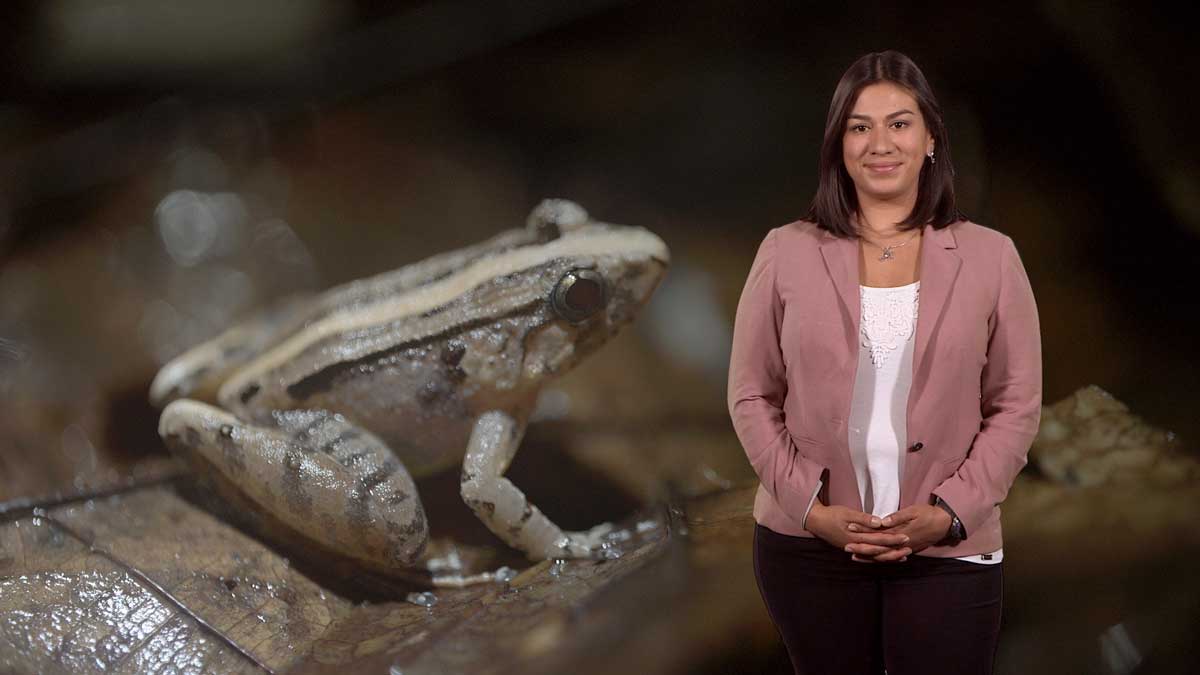





Leave a Reply